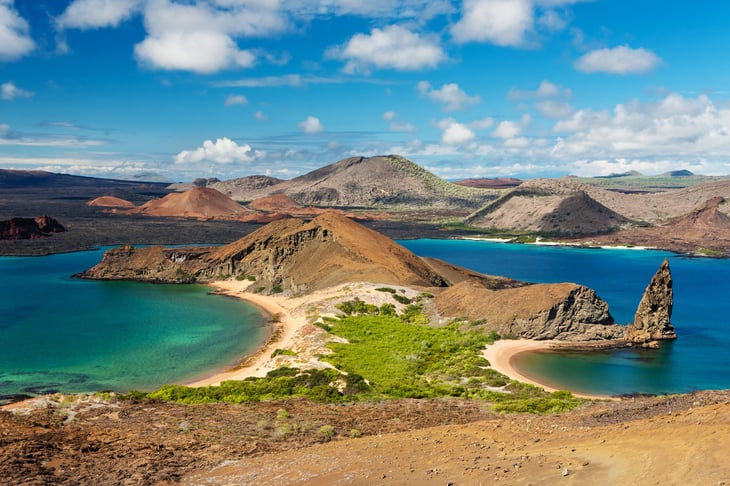
Trying to find a fantastic, unspoiled place to visit is tougher than you might think.
A flight over just about any part of this country by plane makes it clear that there are lots of beautiful, wild places. But the trick is finding one that you can reach — that is, just “spoiled” enough to provide you with a road, dock or landing strip to get into and out of the place.
To formulate our short list of recommendations — based on ease of access to a destination, typical cost to get there and its natural diversity, uniqueness and beauty — we chose from the 227 natural wonders included in the United Nations Educational, Scientific and Cultural Organization (UNESCO) list of World Heritage Sites.
Following are our top picks, which start with places in the United States and Canada and then turns to amazing destinations further afield.
1. Grand Canyon National Park
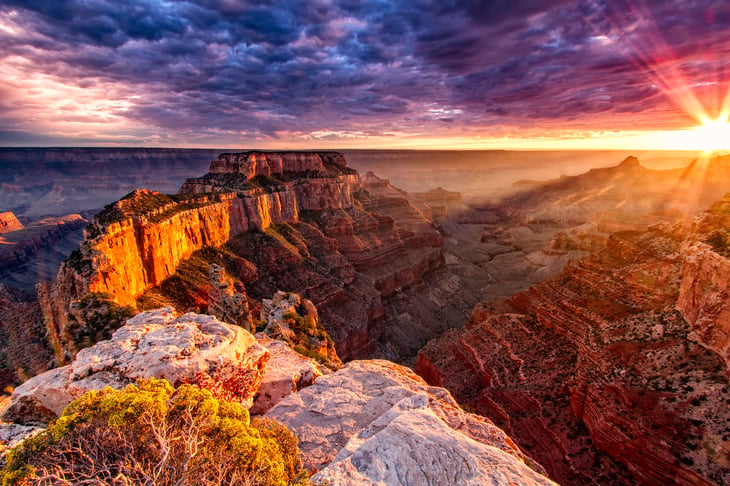
Location: Arizona, United States
The Grand Canyon is not just on the UNESCO list of world heritage sites, it is also one of the oldest U.S. national parks to enjoy federal protection.
Since 1893, when it was first designated a Forest Reserve, this vast and largely unspoiled canyon carved by the Colorado River has been preserved.
Caveat: The Grand Canyon, while unspoiled, is an extremely popular destination. If you want to leave the crowds behind, you may want to plan a hiking trip down into the canyon or rafting trip through it on the Colorado River. If you’re planning to stick to points accessible by road, check out what the main sites offer on GrandCanyon.com. The North Rim of the park is the least heavily trafficked.
2. Dinosaur Provincial Park
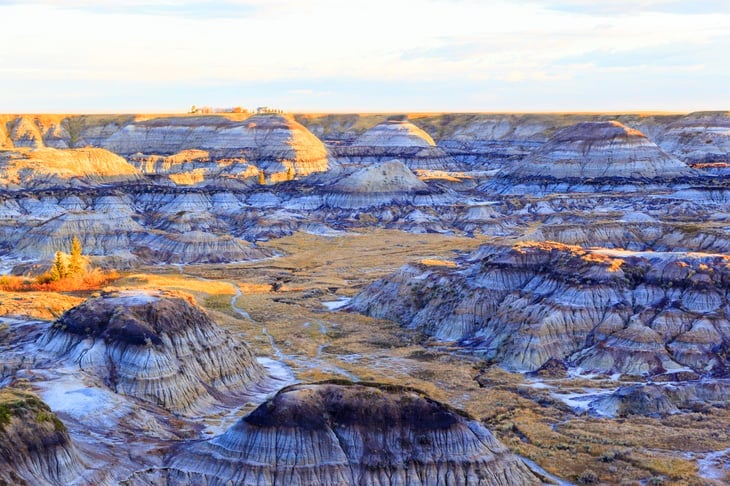
Location: Alberta, Canada
While you won’t actually find any dinosaurs roaming this provincial park about two and a half hours from Calgary, there has been a wealth of dinosaur fossils uncovered in this area over the decades. With its other-worldly landscape in the midst of Alberta’s “badlands,” it is a unique North American treasure.
According to UNESCO, Dinosaur Provincial Park is “unmatched in terms of the number and variety of high quality specimens which, to date, represent more than 44 species, 34 genera and 10 families of dinosaurs, dating back 75 [million]-77 million years.”
3. Hawaii Volcanoes National Park
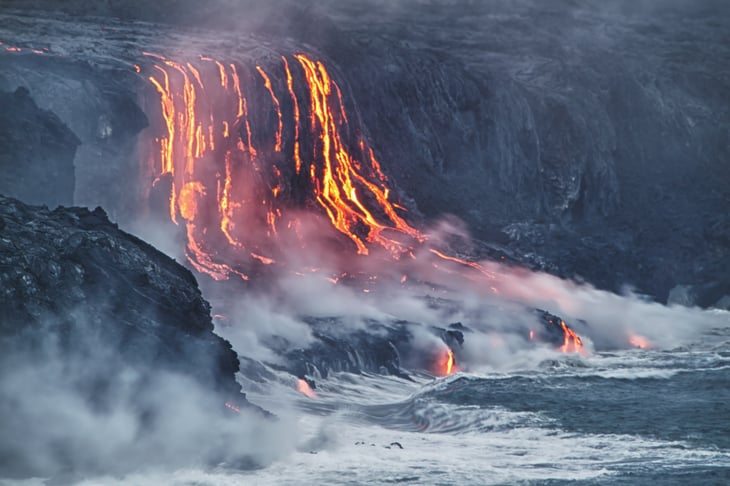
Location: Hawaii, United States
Hawaii Volcanoes National Park on the “Big Island” of Hawaii is one of those few places in the world where you can still see one of the primordial forces of nature at work. Two of the “world’s most active and accessible volcanoes” are in this park, UNESCO notes, and there was an eruption in September 2023.
4. Waterton Glacier International Peace Park
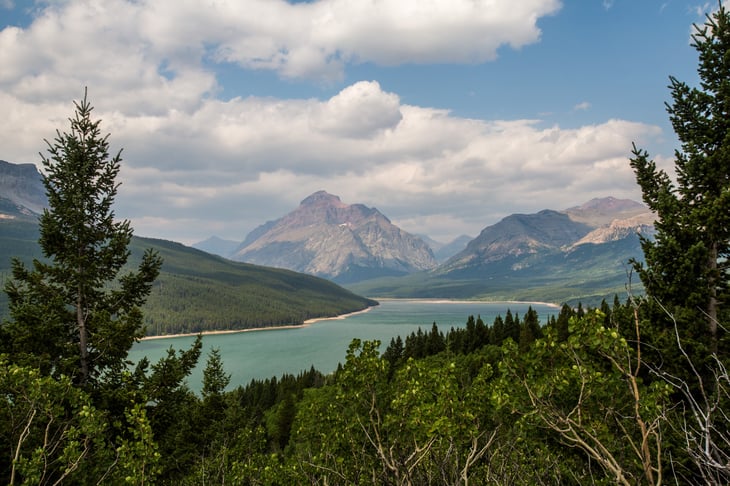
Location: Montana, United States, and Alberta, Canada
Aside from being gorgeous and unspoiled, Waterton Glacier International Peace Park is also noteworthy as a UNESCO World Heritage site that spans two countries.
By jointly maintaining an ecosystem that crosses the border, the U.S. and Canada have helped retain the diversity of species in the area, UNESCO says, by serving “to ensure the genetic viability and long-term survival of many species, including top carnivores such as grizzly bear, cougar, gray wolf and wolverine, which may roam great distances.”
5. Redwood National and State Parks
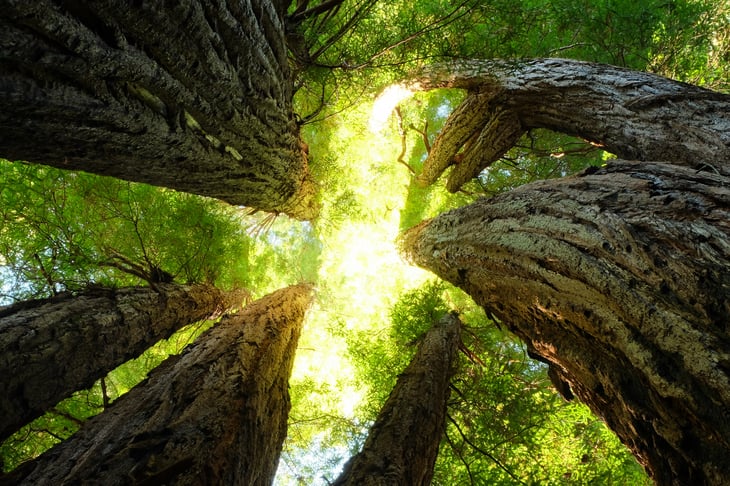
Location: California, United States
Everyone knows about the ancient, giant redwood trees in the Redwood National and State Parks, but what you may not know is that the only reason there are so many of these impressive forests left is that California acted early to preserve them. The National Park Service (NPS) credits the pioneering efforts of the Save the Redwoods League in the 1920s with preventing major logging of these irreplaceable giants.
The park has also worked to help support the revitalization of key California birds and animals. There have been recent efforts to reintroduce the California condor — the largest land bird in North America — to the park.
6. Giant’s Causeway
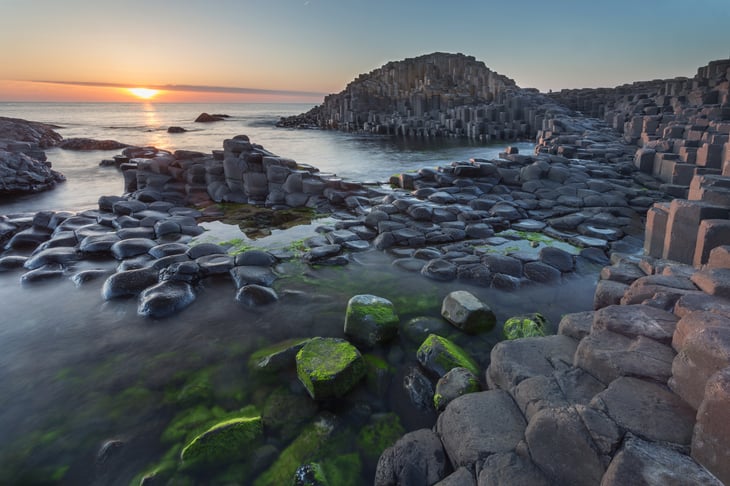
Location: Antrim, Northern Ireland
The Giant’s Causeway and Causeway Coast is instantly recognizable by its unique basalt cliffs that resemble an alien fortress — or a lair for a James Bond villain — on the coast of Northern Ireland. According to UNESCO, the 40,000 or so massive black basalt columns sticking out of the sea gave rise to “legends of giants striding over the sea to Scotland.”
So whether you want to see the inspiration for Celtic legends or just want to indulge your inner geologist, this unspoiled and impressive site should meet your needs.
7. Swiss Alps Jungfrau-Aletsch
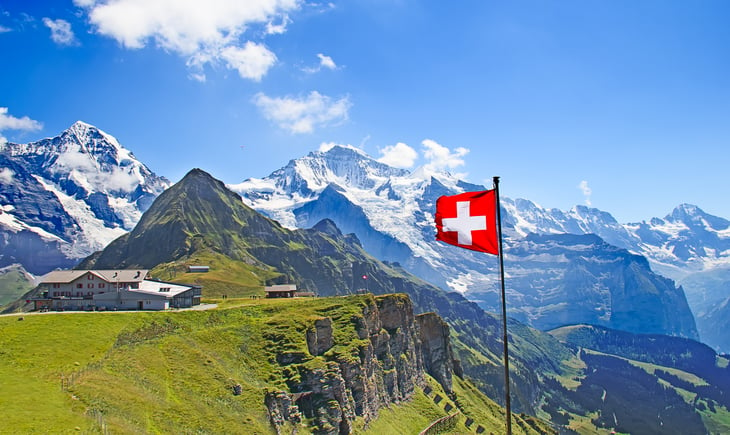
Location: Switzerland
Switzerland’s Jungfrau-Aletsch-Bietschhorn region makes the UNESCO world heritage list in part because it is the most glaciated part of the European Alps. As home to Europe’s largest glacier, it offers a unique glimpse of the forces that shaped these spectacular peaks.
The area features alpine hiking trails, incredible views of waterfalls, lakes, cliffs and valleys. It is also home to the 13,000-foot Mount Eiger. The north face of the peak is known among climbers as one of the most dangerous and challenging ascents. It was first conquered by an Austrian-German expedition in 1938 — but dozens of climbers have died making the attempt.
8. Galápagos Islands
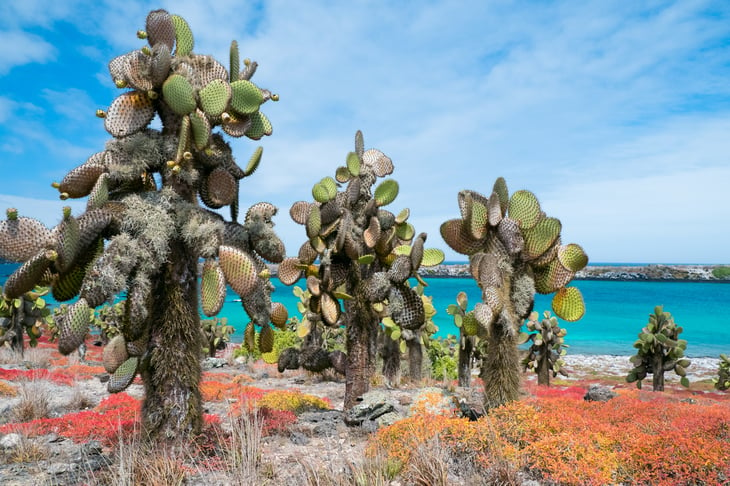
Location: Ecuador
The Galápagos Islands are a place of great historical significance, as they provided the inspiration for Charles Darwin’s “Origin of the Species.”
UNESCO describes the 19 islands that make up the Galápagos Islands chain — and the marine reserve around it — as a “living museum and showcase of evolution.” The archipelago off Ecuador’s Pacific coast remains home to a tremendously diverse array of creatures, including the Galápagos tortoise.
9. Lagoons of New Caledonia
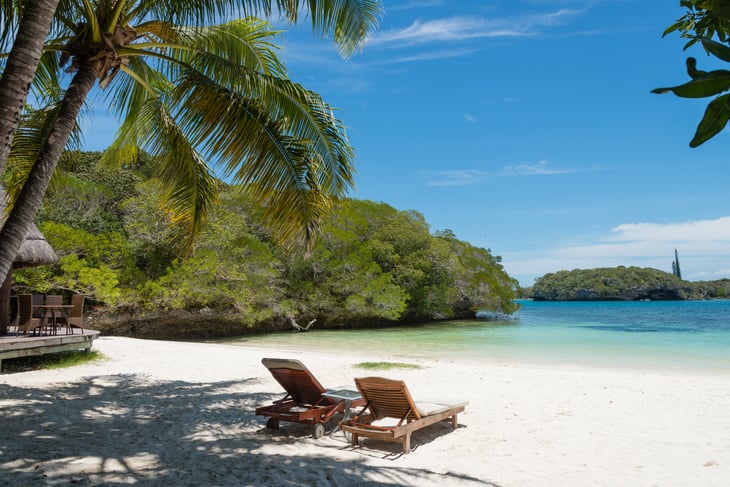
Location: New Caledonia, an archipelago and French territory in the Pacific Ocean
The Lagoons of New Caledonia make up one of the three most extensive coral reef systems in the world, according to UNESCO. The organization describes it as “the world’s most diverse concentration of reef structures, with an exceptional diversity of coral and fish species and a continuum of habitats from mangroves to seagrasses and a wide range of reef forms.”
New Caledonia, a chain of islands still a possession of France, lies in the southwest Pacific Ocean about 750 miles east of Australia.
10. Tsingy de Bemaraha National Park
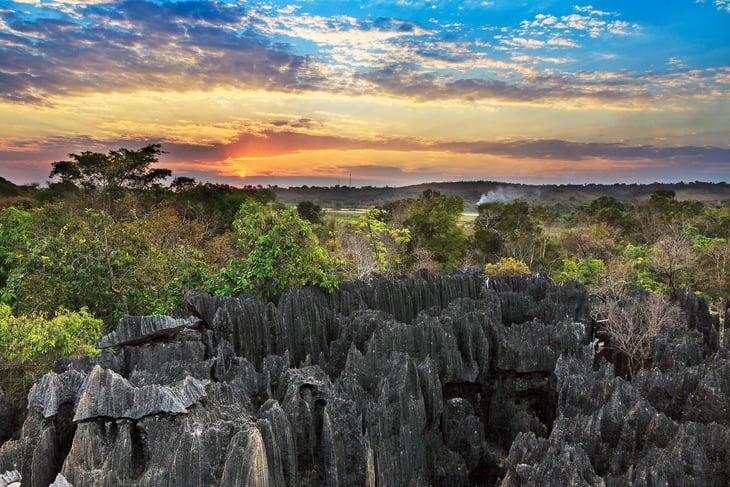
Location: Madagascar
Madagascar, an island nation in the Indian Ocean off the coast of southern Africa, is home to one of the most diverse and unique ecosystems in the world.
Its Tsingy de Bemaraha National Park is also referred to as a “Strict Nature Reserve,” which refers to the highest degree of protection under the International Union for Conservation of Nature. It offers not only landscapes and limestone uplands of the mineral forest with distinct “tsingy” peaks and limestone needles, but also deciduous forests, lakes and mangrove swamps that are home to rare and endangered lemurs and birds.




Add a Comment
Our Policy: We welcome relevant and respectful comments in order to foster healthy and informative discussions. All other comments may be removed. Comments with links are automatically held for moderation.